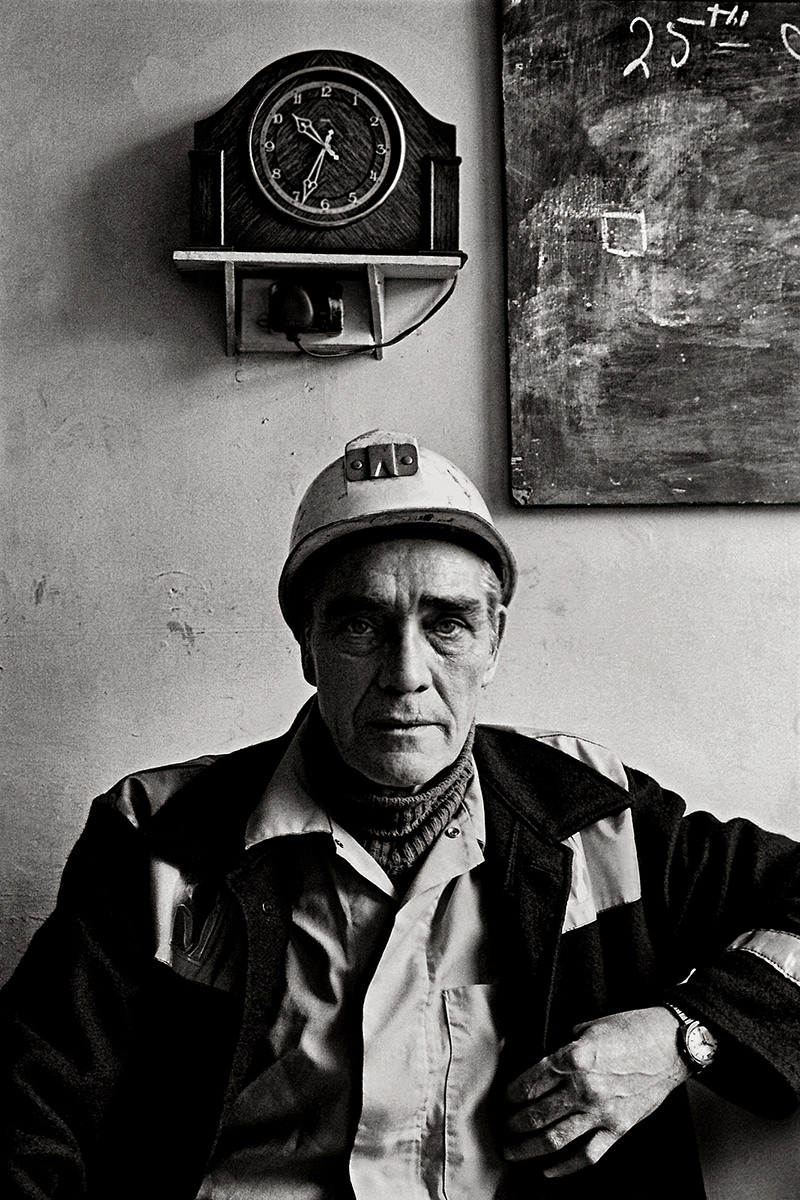Imagine stepping back in time, into the heart of a bustling coal town in the North of England. Mik Critchlow, a photographer with a keen eye for everyday life, captured the essence of Ashington, Northumberland, from 1977 to 1990. His photos offer a window into a world shaped by coal mining, community spirit, and the changing tides of time.
Ashington, once known as the largest mining village in Europe, was a place where life revolved around the colliery. The rhythmic pulse of the mine reverberated through the town, dictating the rhythm of daily life. Critchlow’s lens wasn’t drawn to the dramatic or extraordinary; instead, he found beauty in the ordinary. He captured the miners, faces etched with coal dust, sharing a laugh after a long shift. He documented children playing in the streets, their laughter echoing between rows of terraced houses.
These images tell a story of resilience and camaraderie. Ashington wasn’t just a place; it was a community bound by shared experiences. The people in Critchlow’s photos aren’t merely subjects; they are individuals with stories etched on their faces, their expressions reflecting a mix of hardship and hope.
His photographs capture the spirit of a town in transition. The decline of the coal industry cast a long shadow, but Ashington’s people faced these challenges with determination. We see them adapting, finding new ways to work and live, their spirit unbroken. He wasn’t an outsider looking in; he was one of them. Growing up in Ashington, he understood the nuances of life in a close-knit community. This allowed him to capture moments of genuine connection, from the warmth of a family gathered around the fireplace to the shared laughter among friends at the local pub.

















